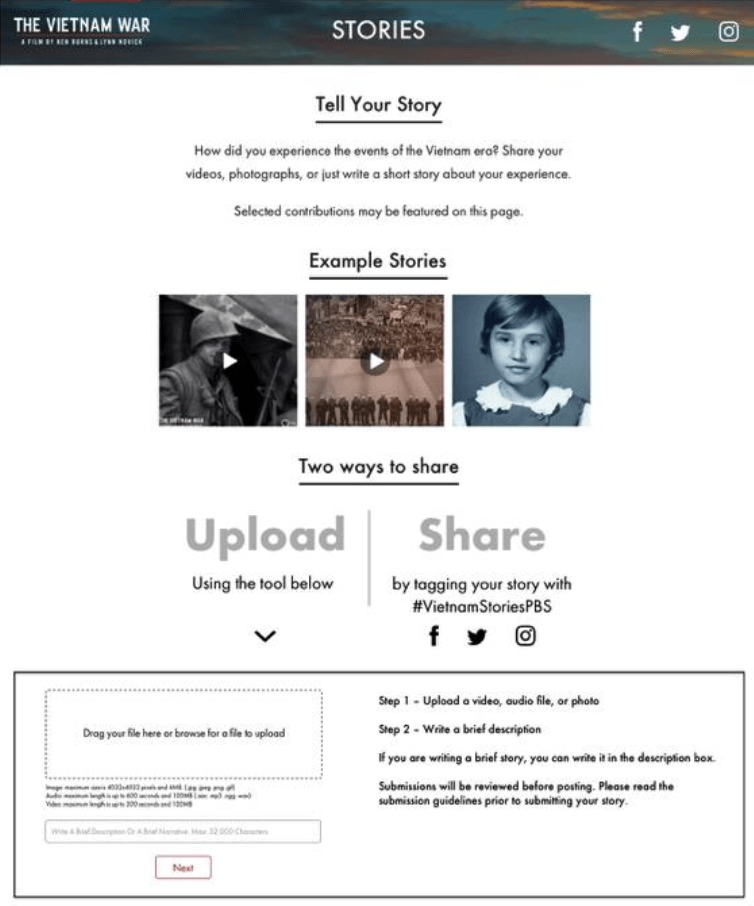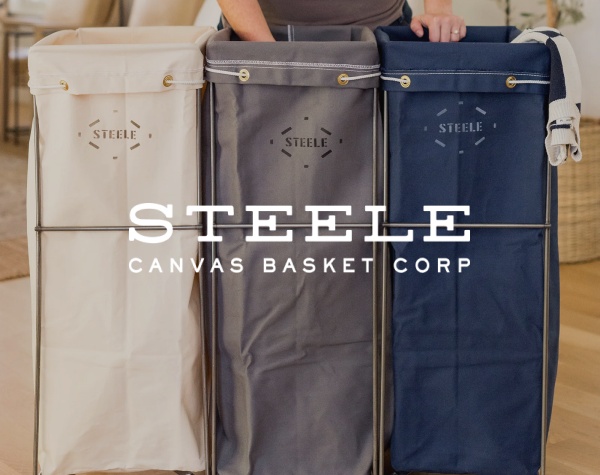How to Generate High-Quality User-Generated Content
User-generated content (UGC) has been marketers’ best friend for years now — providing an endless source of authentic and engaging visuals for them to tap into.
But since not everyone has an eye for photography, here are some tips to help you get the best quality visuals from your audiences.
Define What Kind of Visuals You Want
Before you can encourage your customers to create high-quality UGC, you need to establish what that means to your brand.
Does it simply mean high resolution images, or is there a specific composition you’re seeking? Maybe you want images that feature a particular product or customer experience?
Once you and your team know what kind of visuals you’re seeking from customers, you’ll be in a better position to ask for and identify the highest quality content your audiences are creating.
Be Specific With Your Content Asks
Sometimes all you have to do is ask, and ye shall receive. And now that you know exactly the type of content you want from customers, you can be more specific when asking them to create it.
For example, as part of Tito’s Handmade Vodka’s commitment to supporting animals, they donate net proceeds from their pet merchandise to animal rescues and charities.
Wanting their customers to generate enough social proof for their eCommerce pet pages, they simply ask people to share photos of their dogs using their Tito’s toys with the hashtag #vodkafordogpeople.
As a result, they now have thousands of unique (and adorable) images of their dog products being used by real customers.

Make It Easy For People To Contribute Content
Social networks, camera phones and mobile apps have all made it easier than ever for people to capture and share brand moments and product experiences. But while sharing UGC via top social platforms is typically the easiest way for most customers to contribute content, it shouldn’t be the only way available to them.
 For the premier of their Vietnam War documentary series, PBS invited viewers to share stories, videos, songs and photos of their experiences during the Vietnam era. Understanding the personal nature of what they were asking for and the demographics of their audience, PBS encouraged people to share their content on social sites using the hashtag #VietnamStoriesPBS but also offered a direct submission option — enabling viewers to easily upload their content directly to their site via a 2-step form.
For the premier of their Vietnam War documentary series, PBS invited viewers to share stories, videos, songs and photos of their experiences during the Vietnam era. Understanding the personal nature of what they were asking for and the demographics of their audience, PBS encouraged people to share their content on social sites using the hashtag #VietnamStoriesPBS but also offered a direct submission option — enabling viewers to easily upload their content directly to their site via a 2-step form.
Over the course of a few months they received thousands of thoughtful submissions, mostly through their direct upload form.
Run a Competition
Competitions are one of the most effective ways to drive quality UGC. Again, it’s important to make sure the content you’re asking for is aligned with the type of visuals your brand needs. And a little incentive can go a long way towards prompting higher quality content from your audiences.
Looking to expand their photo library with more localized images, Expedia Singapore, launched their #EyeWanderWin contest, calling on travelers with ‘the hunger to wander and the eye for photography’ to participate. By submitting their best travel shots via Instagram or direct upload, audiences could be entered to win a free trip to a mystery destination as well as a free smartphone and professional travel photoshoot during their trip.
Over their three week competition, Expedia received 4,350 pieces of quality and diverse UGC, helping them to localize their online experiences for Asian markets.
Make users the heroes of your campaign
If one of the goals of your campaign is to empower your audience to inspire each other, consider taking the spotlight off your brand entirely. Ask participants an open-ended question, then treat the people who respond using your hashtag as the heroes of the campaign.
 Michelle Obama’s #BetterMakeRoom campaign is an incredible example of this principle in action. The campaign aims to celebrate student stories and spotlight them in a manner usually reserved for sports stars and celebrities—including on a live digital billboard in New York’s Times Square. The campaign asked students to respond to a simple but thought-provoking question: How will they reach higher and make their educational dreams a reality?
Michelle Obama’s #BetterMakeRoom campaign is an incredible example of this principle in action. The campaign aims to celebrate student stories and spotlight them in a manner usually reserved for sports stars and celebrities—including on a live digital billboard in New York’s Times Square. The campaign asked students to respond to a simple but thought-provoking question: How will they reach higher and make their educational dreams a reality?
The strategy has been exceptionally effective. In the first 24 hours alone, the campaign had more than 140M social media impressions, more than 6,000 commitment interactions made on the BetterMakeRoom.org site, and more than 5,000 interactions with online forums, blogs, and articles.
Use Influencers As Inspiration
Although real customer content is actually seen as more influential than influencer content, social media influencers can serve as visual inspiration for your audiences, helping to shape the content they create and kickstart dedicated competitions and campaigns.
When Helloworld decided to launch the world’s first Instagram relay, they knew they would need to engage some industry influencers to anchor it. Using 80 influencers to each post 12 photos in first 12 hours, they were able to jumpstart the relay with high-quality content — setting the tone for the organic images they wanted their broader audience to share.
By the end of the 36-hour #helloworldRELAY, the travel brand’s audience had generated over 20K pieces of visual UGC from across 80 different countries.
Host an Event
If you’re worried about the quality of your audience’s images, create great photo opportunities for them by hosting an event. Set up a photo booth with the backdrop, props and messaging that you want. This will give you a chance to physically connect with your audience in a fun and interactive way that celebrates them and encourages them to create engaging imagery.
Every year, Vivid Sydney turns the Sydney Harbor into an interactive festival of lights. As a sponsor of the event, Canon Australia creates a Canon HQ photo experience, encouraging people to test and rent their professional cameras. Using live screens to showcase the best shots people are taking throughout the festival, Canon encourages audiences to shoot and share their Vivid Sydney experiences — making it one of the most popular festival destinations.

Get personal
Coca-Cola is one of the world’s most ubiquitous, well-known brands. But when the company wanted to get people talking about Coca-Cola by sharing photos of their bottles via social media, they decided to get personal with the “Share a Coke” campaign. The company produced Coke bottles with names on the labels in the hopes of prompting people to find “their” bottle and take a photo—thereby increasing Coca-Cola’s exposure on Twitter.
The campaign initially launched in Australia in 2011 and soon expanded to regions across the world. The company attributes a 2 percent increase in U.S. sales to the campaign after more than a decade of declining revenues.

Make it bigger than your brand
Mission-driven brands and non-profit organizations can inspire their supporters to participate in social campaigns by asking people to reflect on why they’re behind the group’s efforts, then share those thoughts. This strategy serves two important purposes: it reminds existing supporters of their commitment, and then the content they post can be displayed in a social hub or live event display to motivate and inspire new supporters.
U.S. nonprofit Share Our Strength used this strategy as part of its annual fundraising drive for its No Kid Hungry programs, which are aimed at ending childhood hunger in America—and boosted donations more than 30% year over year.

The important thing to remember is that the more you can help create great photo opportunities for people — making it clear, easy, advantageous for them — the better quality and quantity of photos you’ll be able to inspire.




